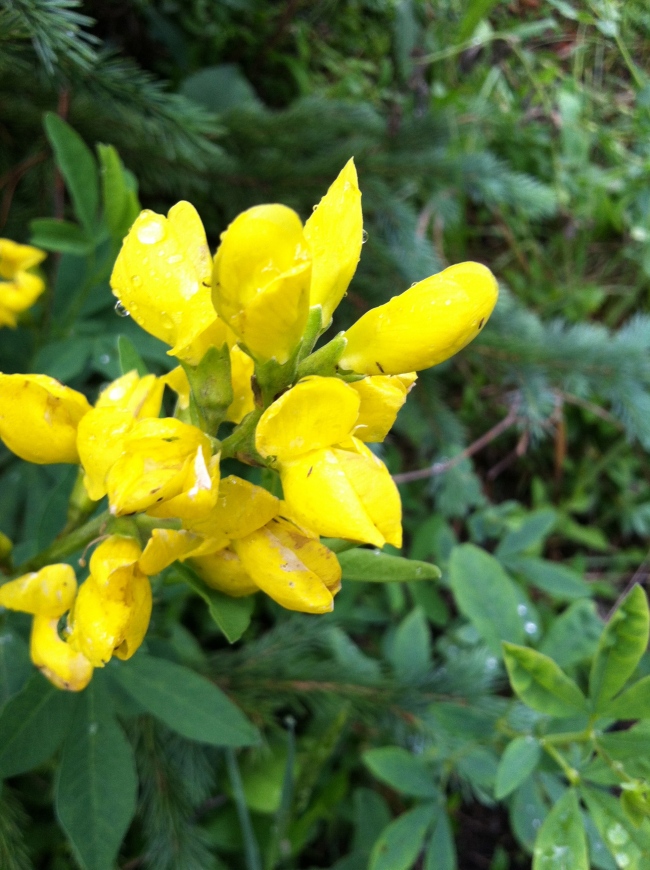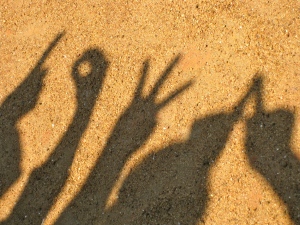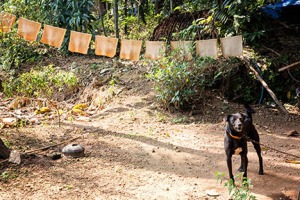
A couple of weekends ago, while on call for the Palliative Care consultation service, I turned a corner in time to see the sobbing adult son of a dying patient leave his Dad’s hospital room. The next image stopped me in my tracks: On this busy medicine inpatient unit, a nurse named Becky opened her arms and hugged the man. It looked natural and genuine, and well, … human.
Becky is one of 100 Great UIHC nurses who signed up to take the End of Life Nursing Education Consortium (ELNEC) course online on their own time. This national nursing education initiative to improve palliative care began in 2000 and over 16,000 nurses have completed the course. The course has been divided into eight modules: Nursing Care at the End of Life; Pain Management; Symptom Management; Ethical/Legal Issues; Cultural Considerations in End-of-Life Care; Communication; Loss, Grief, Bereavement; and Preparation for and Care at the Time of Death. In recognition of the needs of different populations, there are now ELNEC courses for pediatrics, critical care, public hospitals, veterans and geriatrics.
The Great 100 UIHC nurses are taking the course on line through the Hospice Education Network (HEN). The faculty for the course are the national “who’s who” in hospice and palliative nursing. Palliative Care at the University of Iowa underwrote this educational initiative, with a volume discount from HEN. We targeted inpatient nurses, nominated by their nurse managers, and provided it free of charge. At the 4 month mark, 79% have initiated the course and 14% have completed it.

For me it has been great fun to talk to the nurses about what they have learned from the course.
Becky Wendt, 6RC (Medicine) told me that the biggest takeaway from the ELNEC course was the value of communication skills in our complex hospital environment. ( I am sure she would have hugged that grieving man even before the ELNEC course, but the course reinforced the value we place on her own humanistic core.)
Oncology nurse, Lindsay Gaskell said: Once I started the program, I just couldn’t stop! I guess you could say I was somewhat addicted 🙂 I found the topic of medication administration for the dying patient to be the most informative as it is so specialized for this patient population. For example, sublingual morphine is absorbed in the stomach, not under the tongue.
SNICU nurse, April Doggett: All of the information has been overwhelming and incredible. The piece that I feel that I have learned the most on is the Ethical Presentation; we have such a small percentage that use Advance Directives appropriately or even have them. I am really looking forward to the last module- The Finals Hours of Life. I find it an honor to be a part of family decisions in times of critical need.
Kaytee Knoop, SNICU: I will continue to remember is the use of opioids in patients with renal failure. I think that we all think any pain medicine will be sufficient in keeping the patient comfortable during compassionate extubation, but there still are the side effects of metabolite accumulations and it may cause more discomfort to the patient. (Glad to have you, Kaytee in my ongoing quest to avoid morphine in renal failure!)
Annie Inglehart, 3JPW (ENT/GYN ONC): This past week I helped a colleague work with a patient that came to UIHC from an outside hospital just to sit in the ER and then come to our floor and die here after 2 hours, the patient was 93 and DNR. It seems that the time spent running from one hospital to another could have been valuable family time to process her passing (I know we learned that using the word “dying” would be more clear cut and truthful – Hard to break an old habit).
Angie Kipp, SNICU: I appreciated the topic of multidimensional pain- take all things into consideration when treating someone’s pain including financial, emotional and spiritual concerns. What does this pain mean to the patient? It may be seen to them as a source of “punishment” from things done in their past or may be seen as a disease process returning or worsening in their body- these patients need more than pain medication.
Emily Van Essen, 3JPW(GYN/ENT ONC): One thing that stands out to me that I learned about was the concept of “last dose syndrome.” Being a new grad nurse, I had not experienced this yet, so I wouldn’t have even thought of it as a concept to discuss with a family in end of life. After hearing about the concept I can see how easy it would be for people to be afraid to cause harm, even though their intentions are good. The end of life process is something that the family will remember, so we need to ensure that those caretakers don’t feel like they are killing their loved-one by giving what they believe was the “last dose”. (Our palliative care team was very proud to hear that Emily was chosen by her charge nurse to care for a patient who was dying because she had completed the ELNEC course-great recognition Emily).
These nurses have completed the entire ELNEC course:
Lindsay Gaskell, Cancer Center Infusion Suite
Leslie Bonnet, SNICU
Kristina Gates, ED
Tammy Krotz, 6RC
Deanne Sinn, 6RC
Emily Van Essen, 3JPW
Becky Wendt, 6RC
Amber Clark-ED
April Doggett-SNICU
Kaytee Knoop-SNICU
Jean Burr-3JPW
Maria Broghammer-4JPE
Susan May-4JPW
Ann Iglehart-3JPW
Next time you see them, congratulate them and ask them for a palliative care education tidbit: the whole idea of ELNEC is to “pass it on”. We owe it to ourselves to build a community of learning, and … humanity.


















 I know Doune would care about our grief. She was such an engaged Mum that she would care most about the grief work of her now adult children. She is no longer physically present to help-she is here though, in the presence of memory—which are stirred when I open the Bill Granger cookbooks, see the pictures of her family and when I sensed her while on the top of Estes Cone in Rocky Mountain National Park.
I know Doune would care about our grief. She was such an engaged Mum that she would care most about the grief work of her now adult children. She is no longer physically present to help-she is here though, in the presence of memory—which are stirred when I open the Bill Granger cookbooks, see the pictures of her family and when I sensed her while on the top of Estes Cone in Rocky Mountain National Park.





